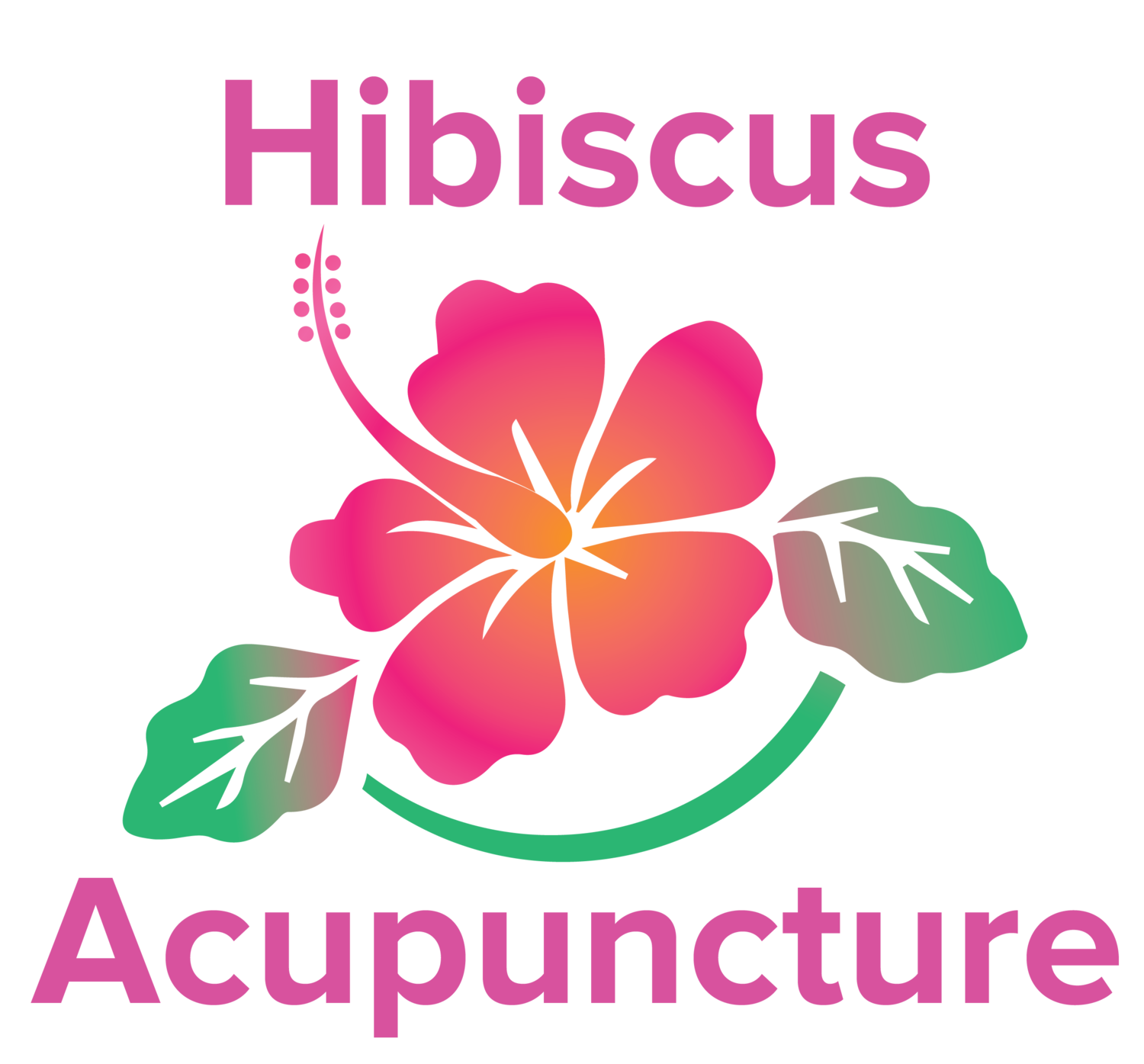The Oxygen Advantage
I first learned of Patrick McKeown and his Oxygen Advantage method by heading down a research rabbit hole after reading James Nestor’s Breath: The New Science of a Lost Art. Nestor’s book--a kind of journalistic survey of many methods and modes of research into breathing and its relationship to health--is very interesting in and of itself, but like any survey, it serves best as an introduction to a variety of topics.
The Oxygen Advantage, in contrast, is much more focused on practical methods of applying breathing exercises to improve one’s health, in ways ranging from dealing with conditions like asthma, to weight loss, to improving athletic performance. McKeown has based much of his practice on the methods developed by the Ukrainian doctor Constantin Buteyko, and is clear and direct in his explanation of how the exercises work and how to do them.
McKeown’s assertions and methods--for example, to increase the amount of carbon dioxide in the blood, to breathe as little as possible in many contexts--may seem counterintuitive at first, but he does an excellent job of explaining the medical logic behind each posit and exercise in plain, easy to read language.
Improving respiratory health is especially important to me in terms of the Traditional East Asian Medicine that I practice. The Lung system--half of the Greater Yin meridians and organs--is one of the most important drivers of the production and dispersal of Qi. As McKeown notes, it is especially important to breathe as much as possible through the nose, which is the Lung system’s associated sensory organ as well. Respiratory health can also play a significant role in the body in unexpected ways--the Lung system also governs the skin, and thus interacts with dermatological health, and is paired with the Large Intestine system (in simplest Western terms, diaphragmatic breathing massages the intestines, and thus can aid with constipation, and in Eastern terms, the Lung system aids with fluid metabolism, which the Western conception of the large intestine also plays a role in).

